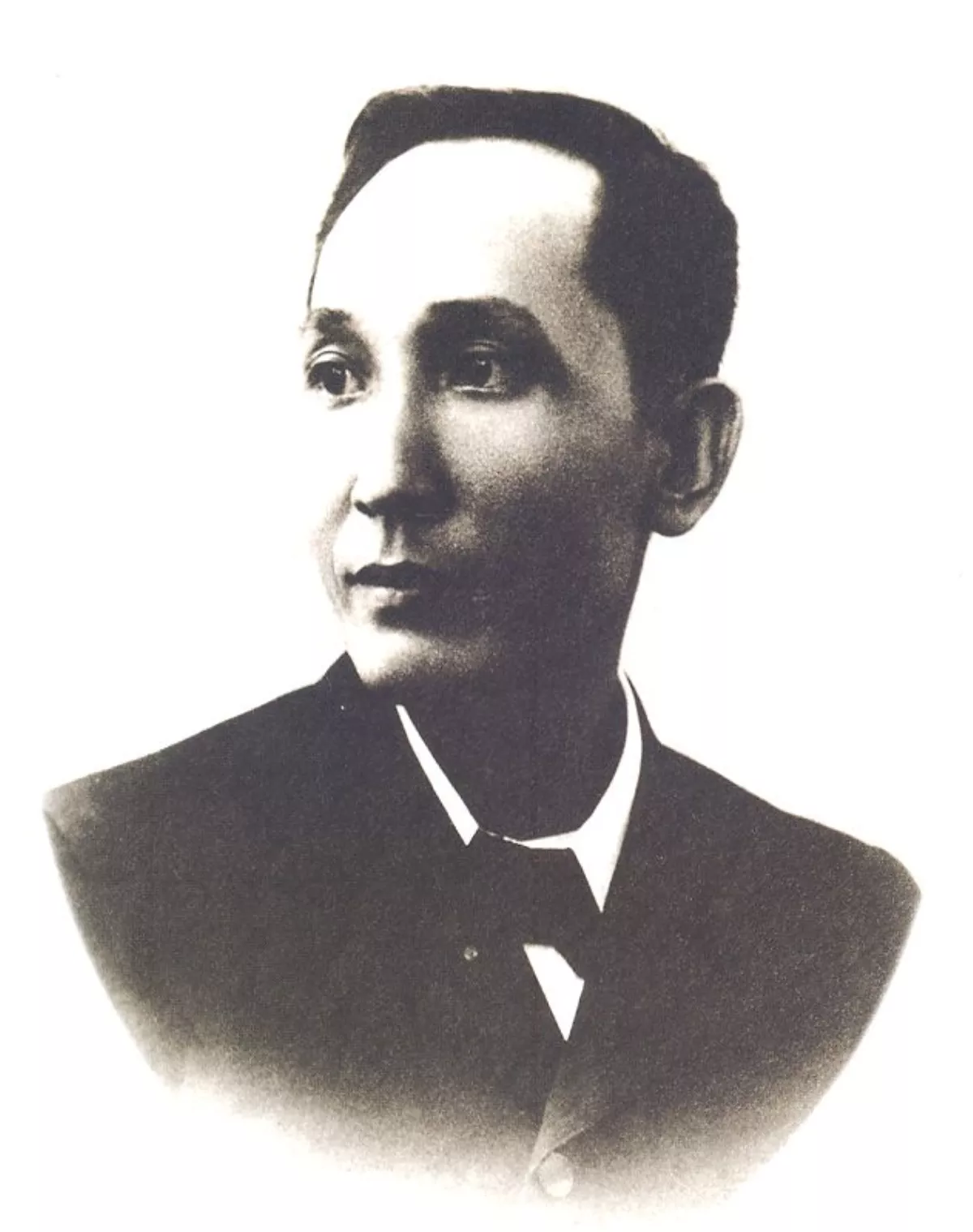 1.
1. Apolinario Mabini is regarded as the "utak ng himagsikan" or "brain of the revolution" and is considered as a national hero in the Philippines.

 1.
1. Apolinario Mabini is regarded as the "utak ng himagsikan" or "brain of the revolution" and is considered as a national hero in the Philippines.
Apolinario Mabini performed all his revolutionary and governmental activities despite having lost the use of both his legs to polio shortly before the Philippine Revolution of 1896.
The latter saw Apolinario Mabini captured and exiled to Guam by American colonial authorities, allowed to return only two months before his eventual death in May 1903.
Apolinario Mabini was born on July 23,1864, in Barrio Talaga in Tanauan, Batangas.
Apolinario Mabini was the second of eight children of Dionisia Maranan y Magpantay, a vendor in the Tanauan market, and Inocencio Leon Mabini y Lira, an illiterate peasant.
Apolinario Mabini attended the historical school of Father Valerio Malabanan located in Lipa.
Apolinario Mabini would meet future leader Miguel Malvar while studying in Lipa.
In 1881, Apolinario Mabini received a scholarship from Colegio de San Juan de Letran in Manila.
Apolinario Mabini's mother had wanted him to enter the priesthood, but his desire to defend the poor made him decide to study law instead.
Apolinario Mabini joined the Guild of Lawyers after graduation, but he did not choose to practice law in a professional capacity.
Apolinario Mabini did not set up his own law office, and instead continued to work in the office of a notary public.
Apolinario Mabini joined the fraternity of Freemasonry in September 1892, affiliating with lodge Balagtas, and taking on the name "Katabay".
Apolinario Mabini was struck by polio in 1895, and the disease gradually incapacitated him until January 1896, when he finally lost the use of both his legs.
Apolinario Mabini was seeking the curative properties of the hot springs in Los Banos, Laguna in 1898 when Emilio Aguinaldo sent for him, asking him to serve as advisor to the revolution.
Apolinario Mabini drafted decrees and edited the constitution for the First Philippine Republic, including the framework of the revolutionary government which was implemented in Malolos in 1899.
Shortly after Aguinaldo's return to the Philippines from exile in Hong Kong in May 1898, he tasked Apolinario Mabini with helping him establish a government.
Apolinario Mabini authored the June 18,1898, decree which established the Dictatorial Government of the Philippines.
Apolinario Mabini then led the first cabinet of the republic.
Apolinario Mabini found himself in the center of the most critical period in the new country's history, grappling with problems until then unimagined.
Apolinario Mabini negotiated , seeking for an armistice instead, but the talks failed yet again.
Apolinario Mabini was captured by troopers of the 4th Cavalry Regiment.
Apolinario Mabini was imprisoned after his capture, though he was in bad health, and was exiled to the island of Guam for refusing to take the oath of allegiance to the United States along with other revolutionists Americans referred to as insurrectos or Irreconcilables.
Apolinario Mabini returned to the Philippines after agreeing to take the Oath of Allegiance to the United States on February 26,1903, before the Collector of Customs.
Apolinario Mabini resumed his work of agitating for independence for the Philippines soon after his return from exile.
Not long after his return, Apolinario Mabini died of cholera at his home at 21 Calle Nagtahan, Manila, on May 13,1903, at the age of 38, after consuming an unpasteurized and contaminated carabao milk.
Apolinario Mabini's remains were initially interred at the Manila Chinese Cemetery, marked by a triangular pyramid on a raised pedestal.
Infighting among members of the Malolos congress led to the spread of rumors that Apolinario Mabini's paralysis had been caused by venereal disease - specifically, syphilis.
That novel contained plot points based on the premise that Apolinario Mabini had indeed become a paralytic due to syphilis.
The ailing Apolinario Mabini takes pride in the fact that his symptoms are definitely not those of syphilis, despite the rumors spread by his detractors in the Philippine Revolutionary government.
Apolinario Mabini is famous for having achieved all this despite having lost the use of his legs to polio just prior to the Philippine revolution.
Apolinario Mabini is a highly educated young man who, unfortunately, is paralyzed.
Apolinario Mabini has a classical education, a very flexible, imaginative mind, and Mabini's views were more comprehensive than any of the Filipinos that I have met.
Apolinario Mabini's idea was a dream of a Malay confederacy.
Apolinario Mabini is a dreamy man, but a very firm character and of very high accomplishments.
Apolinario Mabini is a young man, and would undoubtedly be of great use in the future of those islands if it were not for his affliction.
Apolinario Mabini represented the intelligence and convictions of the Filipino people.